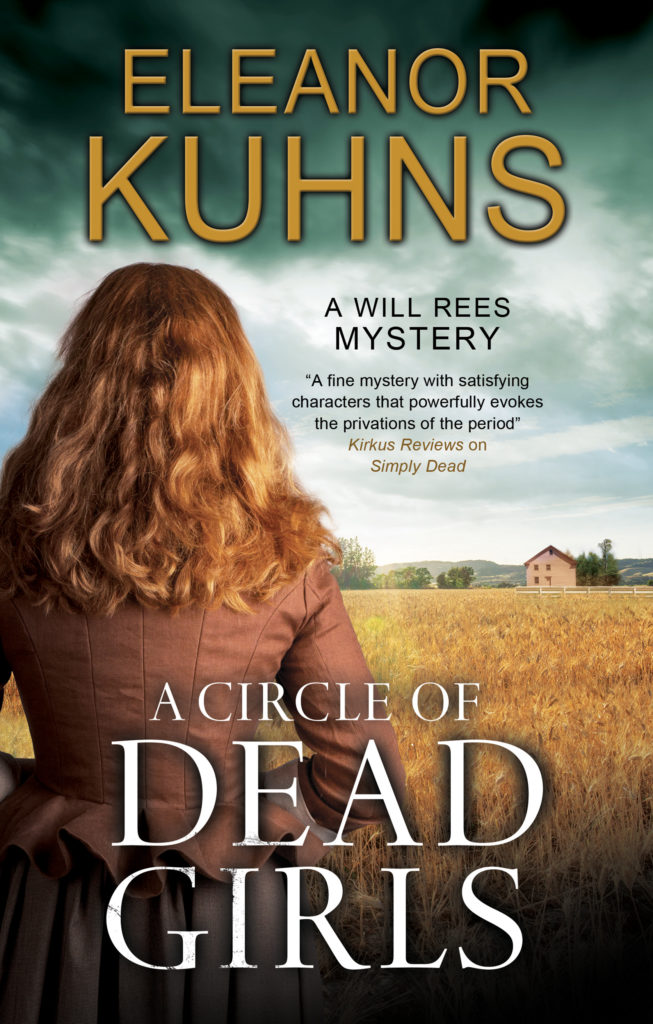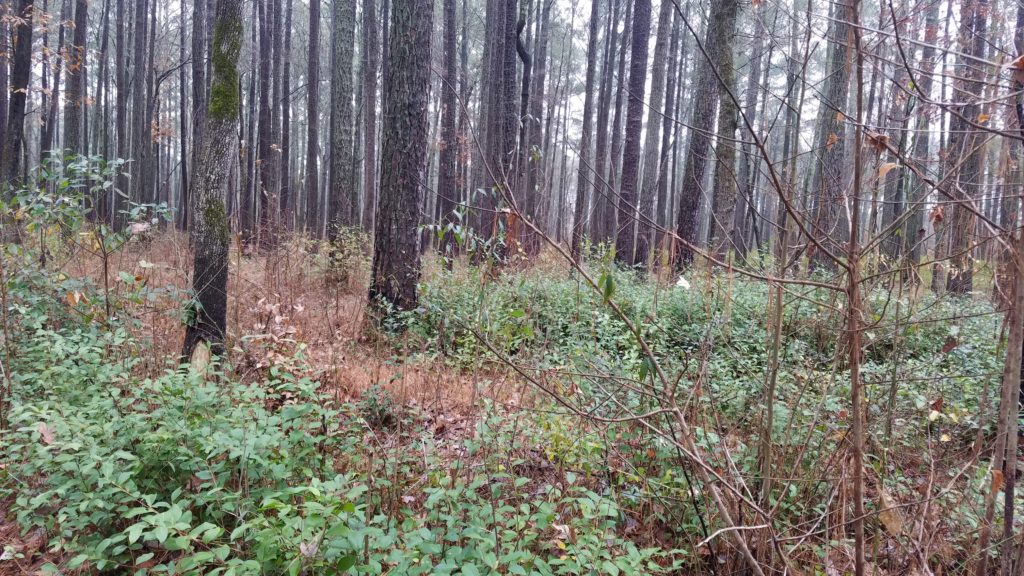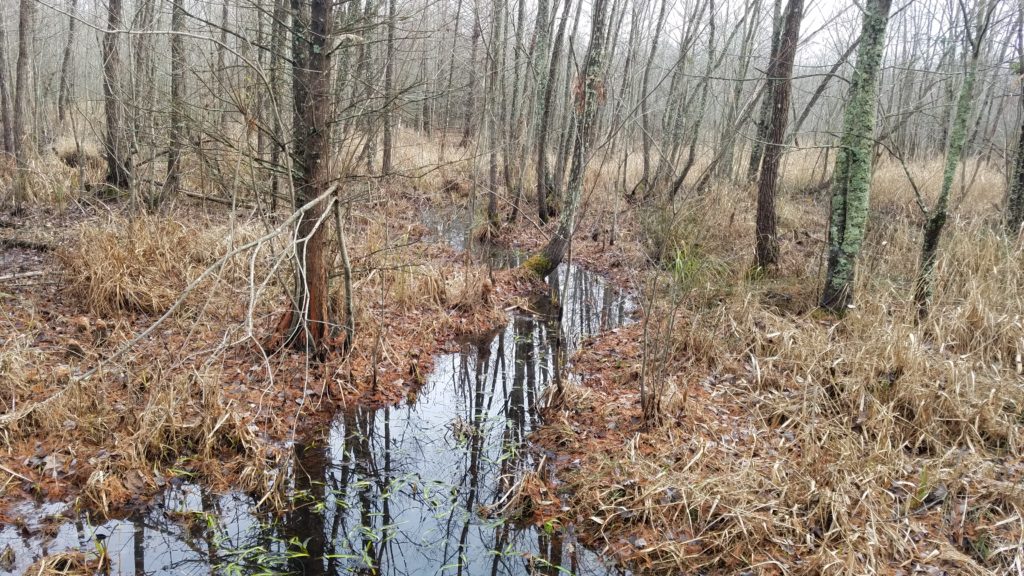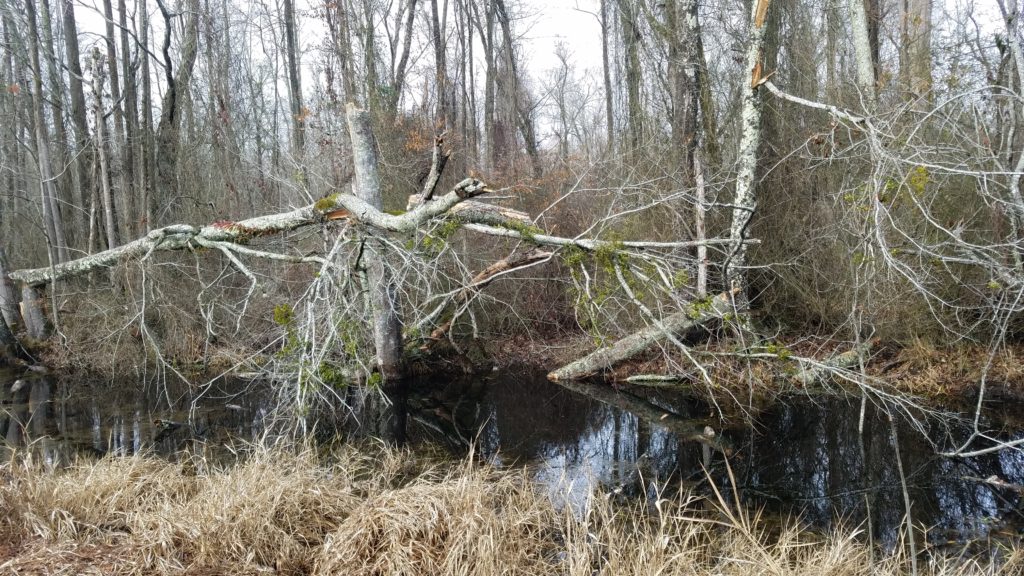I had a great time speaking at East Fishkill Public Library. I wish I had taken pictures.
My event at the Goshen Public Library has been rescheduled for May 9.
My talk at the Turning Page has been arranged for March 7. Looking forward to both.

I had a great time speaking at East Fishkill Public Library. I wish I had taken pictures.
My event at the Goshen Public Library has been rescheduled for May 9.
My talk at the Turning Page has been arranged for March 7. Looking forward to both.
Next March, A Circle of Dead Girls will be released. It has already been released in the UK.

The Will Rees Mystery that will come out after, probably next summer, is titled Death in the Great Dismal. As one may guess, this mystery takes Will and Lydia to the Great Dismal Swamp in Virginia.
Since I always find it easier to imagine my characters in the location in which the mystery takes place, I have visited the swamp again. What an amazing place!



One of the main characters in A Circle of Dead Girls is a tightrope walker, Called rope dancers, the tightrope walkers have been a feature of the circuses for centuries. The Romans called them funambulists.
My rope dancer is nicknamed Bambola, a name that I borrowed from a famous Italian tightrope walker. These aerialists have always been popular acts. I imagine the excitement in a small farming community at seeing this act would have been high.
Many of the rope dancers were women but not all. In fact, as the circuses traveled around, dynasties that were known for aerial acts formed and became famous in their own right.
Will Rees and others in the audience of that time would not have seen an act that became arguably the most popular of all: the trapeze artists. The trapeze was developed from the tightrope; more accurately from a slack rope that the artist then hung from. The first tricks were done from a static trapeze; a rope that hung without moving. The flying trapeze was not invented until the mid-1800s by a young aerialist: Jules Leotard. He invented it by practicing over his father’s swimming pool.
For many decades, the flying trapeze was one of these most popular acts ever.
Acrobats are another piece of the circus story that has a long history. The first known depictions of acrobats jugglers appeared about 5000 years ago, in Egypt, in the early dynastic period (3000 B.C.). The Egyptians developed a strong tradition of these arts and later taught them to the Greeks. They in turn taught the arts to the Romans.
The Romans spread them throughout their Empire via itinerant troupes of performers.
Acrobatics rose independently in China.
Although the earliest performances had religious overtones, the entertainers soon realized the audiences enjoyed the performances as entertainment. This created tension with the religious powers, culminating in the Middle Ages who accused the performers of being in league with the devil. During the Reformation in England during the 1660s, all such forms of frivolity was forbidden.
When Philip Astley set up his equestrian show in England, he hired clowns to amuse the audiences between equestrian acts. Although those clown owed their history to Italy’s Commedia del’ Arte from the 16th century, with a little bit of court jester thrown in, the trickster character has a long long history. Folktales from around the world showcase the tricksters, sometimes amusingly and sometimes scarily.
Although the more modern clowns are figures of fun, they did not start that way. (I think Stephen King really put his finger on an atavistic fear of clowns in IT. I wonder if it is part of the same psychology that makes zombies and vampires scary; something that is looks human, or once was human, but isn’t.) Even some of the characters who were supposed to be funny were also monsters. Think of Punch (from Punch and Judy) who beat his wife and murdered his children. I remember visiting the Taos reservation during a celebration. The clowns were punishers, running through the crowd and throwing people who had disobeyed customs or cultural norms into a pond of water. I was merely an onlooker and I was terrified.
Clown from the Commedia was a buffoon, a foil to the sly Harlequin, but the two characters have been rolled together. According to Wikipedia, the word clown was first recorded in 1560 meaning boor, peasant. It took on the meaning of fool. Clowns have evolved from the fool to other characters. Think Emmett Kelly’s weary Willie, Charlie Chaplin’s tramp. Funny and Sad both.
In any event, when Astley set up his circus, the first modern clown, Joseph Grimaldi, was so popular he became a star in his own right.
When we think of circuses, we usually think of exotic animals: lions and tigers and elephants.
But the first animals that were used in the early circus in the United States were not those exotics (especially then). The first elephant l did not come to this country until 1794. One elephant was brought from the Orient (which covered India, China, Japan and more then) by the Salem merchants.
No, most of the animals that would have been used in a circus were more homey. Dogs, pigs ( like the pig used by Billy the clown in A Circle of Dead Girls), and maybe bears. Horses were the stars for many years since the circus begun by Astley in England had begun as an equestrian show.
Some of the primary sources I read quoted farm boys who went home after the circus and tried to train their farm horses to circus tricks.
Calling someone a Luddite now is an accusation of being anti-technology and anti-progress. The name comes from a group of protesters, weavers and other textile workers, in the 19thcentury who blackened their faces and broke into factories to destroy the new weaving and spinning machinery. They named themselves Luddites, after King Ludd, the fictional leader.
Their struggles resonate with me, first because Will Rees, my primary protagonist and detective, is a weaver in the late 18thcentury. He will lose his profession as the textile factories take over. (The first textile mill was built in Waltham, Massachusetts in 1814.) And second, because the fears of the textile workers – that the machinery would replace them – is being replicated today in a score of professions. The men who called themselves Luddites were not anti-machinery. They were fighting to maintain their livelihoods.
These textile workers had reason to worry. Prior to the invention of the weaving machines, weaving was a skilled occupation. Weavers underwent an apprenticeship of seven years before they could call themselves weavers and set up shop. With the transition to the machines, the time and energy invested in learning the skills for this profession was wasted. And unnecessary. The weaving machines were more efficient and they allowed for less skilled, and thus lower paid, workers.
Although the Luddites are remembered for the destruction of the machinery, they were not protesting the new equipment. Instead, they opposed the use of the machinery to sidestep labor practices that were standard at that time. As the men lost their jobs, the factory owners, to maximize their profits, employed women and children who were paid much less. Children as young as six worked 14 hours a day in the factories.
The situation was slightly different in the United States. The population was smaller, for one thing, so there was not the same labor pool. To solve the problem Lowell hired young women, who became known as mill girls, between the ages of 15 and 35. He of course paid them less than men. (To his credit, he chose not to employ children.)
In Great Britain the Government sided with the factory owners. Machine breaking was made a capital crime. The Luddites clashed several times with British soldiers and groups of men, some part of the protest, some not, were swept up. The harsh sentences – execution and penal transportation – that were levied on those men found guilty of being Luddites quickly destroyed the movement. We are seeing similar dislocation today.
A Circle of Dead Girls is set against the beginnings of the circus in the new U.S.

The circus itself, of course, is very old. Acrobatics began with the Ancient Egyptians and, independently, in China. By the Middle Ages, traveling troupes went all through Europe and England, performing at fairs and other events. But when the Puritans came to power in England, such frivolity as the circus was forbidden. The circus did not begin again until 1768 when a retired military instructor, Sergeant-Major Philip Astley, decided to display his equestrian prowess. It proved surprisingly popular and a few years later he decided to add jugglers, acrobats and other performers, ending each show with a pantomime.
A student of Astley, John Bill Ricketts, was the man who brought the circus to the United States. He’d planned to open a riding school/circus in France but with the increasing hostilities between England and France chose to go to the United States instead. Following the lead of Astley, Ricketts opened a riding school in Philadelphia first in 1792. Philadelphia was the capital of the United States at that time. When that was established and his reputation made, he built an arena for his circus in 1793.
By 1900 the circus was the most popular form of entertainment in the country.
In A Circle of Dead Girls, I posit the beginnings of the traveling circus that makes a stop in Maine. And from there lies a tale . . .
In the ninth entry in the Will Rees Series, Will and Lydia travel to the Great Dismal Swamp to help a friend. Several murders occur – of course since these are murder mysteries.
This is a peat bog and in some places the peat is fourteen feet deep, Although we went in September, it was still really buggy. It is hard to imagine people living here, raising families and, on the drier places, trying to farm.

The scantily dressed female circus performers are such a feature of American lore that few of us considers their history or how unusual they were when this entertainment first arrived in the United States. Although the circus has a long history – the Egyptians are commonly credited with inventing acrobatics – all forms of entertainment including the jugglers and the acrobats were banned during the Puritan era. It was not recreated in England until Sergeant-Major Philip Astley began exhibiting his equestrian prowess on the outskirts of London in 1768. He performed in a circle (a ‘circus’ in Latin).
In 1770 he decided to expand the appeal of his show by adding acrobats, ropedancers (or wire walkers) and jugglers. (The trapeze, which evolved from the high wire acts, had not yet been invented.) He finished the production with a pantomime, a farcical play that included characters from the Commedia del Arte: Harlequin, Columbine and Clown. His new circus was a huge success.
Like many parts of American culture, this new version of the circus came to the United States from England. As Europe prepared for war, one of the many between England and France, a pupil of the English equestrian tradition, John Bill Ricketts, brought the circus across the Atlantic. He set up a riding school in Philadelphia in 1792 and established the first circus the following year. It was not a traveling circus but was, like the Astley entertainment, housed in a wooden amphitheater.
From the first, despite the social and cultural mores that repressed women, they performed in the circus. They were career women before the term was invented. And they were frequently the stars. In 1772 Astley’s circus featured two equestriennes. The wives of Astley and another trick rider J. Griffin were so popular and famous they were invited to perform before the royal families of England and France. Following their lead Ricketts included a woman in his circus who not only worked as an equestrienne but also doubled as actress and dancer.
Many of the women who performed in circuses were the wives and daughters of male owners or performers. In Europe there was already a culture in which the children raised by circus parents became performers in their turn. A famous ropedancer, familiarly called Bambola, was one such in Italy. I borrowed the name for a character in A Circle of Dead Girls.
The circus allowed women to exhibit their bodies and their physical strength in public. The equestriennes certainly could not do tricks on the backs of galloping horses in long trailing skirts so, horrors!, they wore knee-length skirts that clearly showed the shape of their legs. To modern eyes, this reveal would look remarkably tame. But in the eighteenth century this was titillating. Women of that time were tightly corseted and completely covered. It was not proper for them to attend the circus, which was on a par with Burlesque. Until the Civil War (1861 – 1865) the audience of the American circus was predominantly male. The female performers, like actresses, to whom they were compared, were suspect, considered little better than harlots. But unlike the actresses, who only had to be pretty and seductive, the women in the circuses had to have talent and be willing to undergo the grueling training required for the acts. They, like their male counterparts, had to be unusually healthy and fit.
The circus proved extremely popular in the United States and Ricketts expanded to include New York and Boston and even cities in Canada. To reach more people, the circuses began to travel, building and then tearing down the wooden arenas as necessary. In 1825, Joshua Purdy Brown decided to present his show under a canvas tent instead of the temporary wooden structures. The modern circus was born.
A Circle of Dead Girls, my eighth Will Rees, is set against the newly formed circus in the 1790’s United States. Once the popularity of the circus was established, I thought it likely that other men would set up small traveling companies. Outside of the few big cities at that time, (which were primarily New York, Philadelphia and Boston, most of the U.S. was rural. Picture how exciting the arrival of such entertainment would be. And how exotic the performers would appear to the farmers and small shopkeepers who came to see them. And imagine how seductive such a beautiful ropedancer would be in a tiny town in Maine . . .